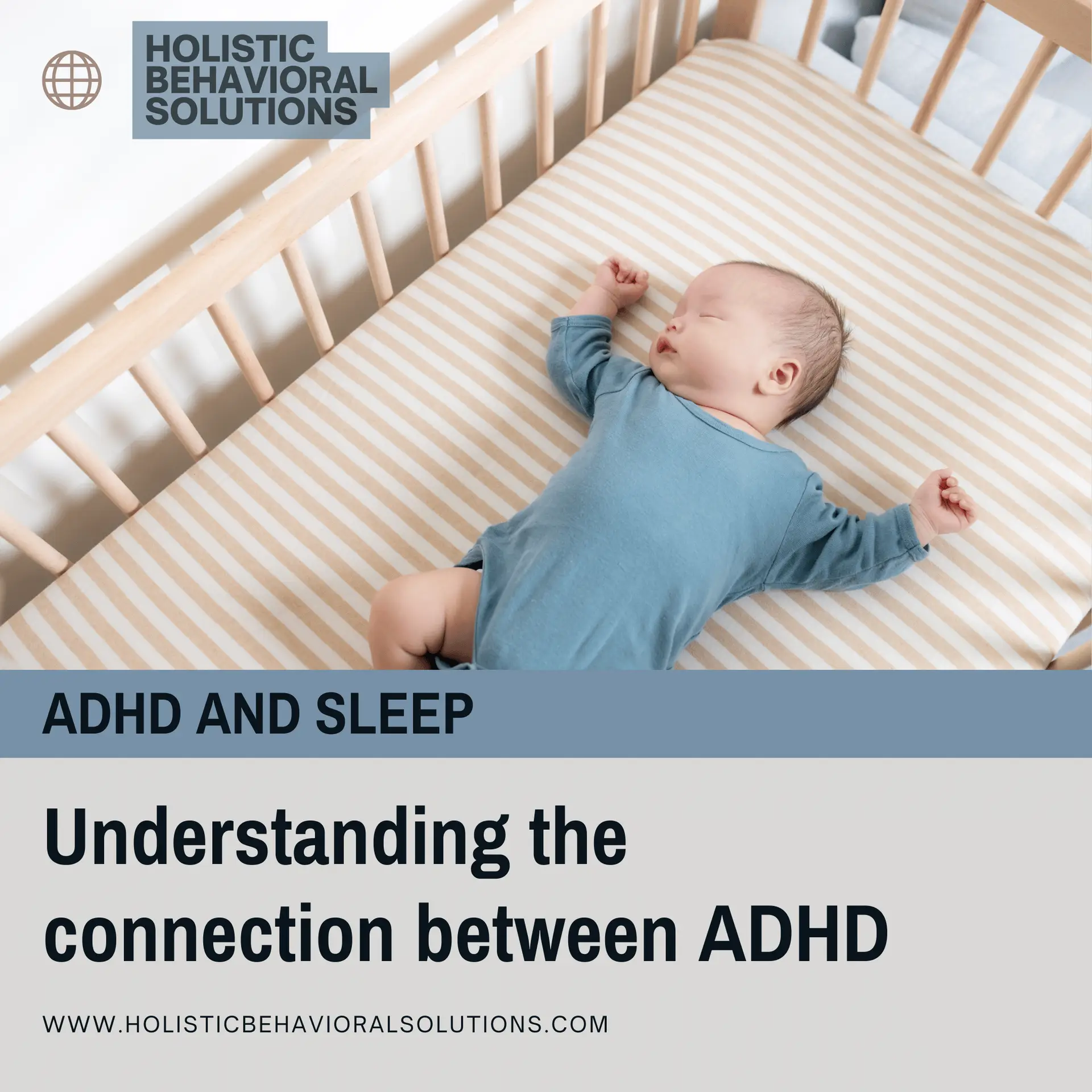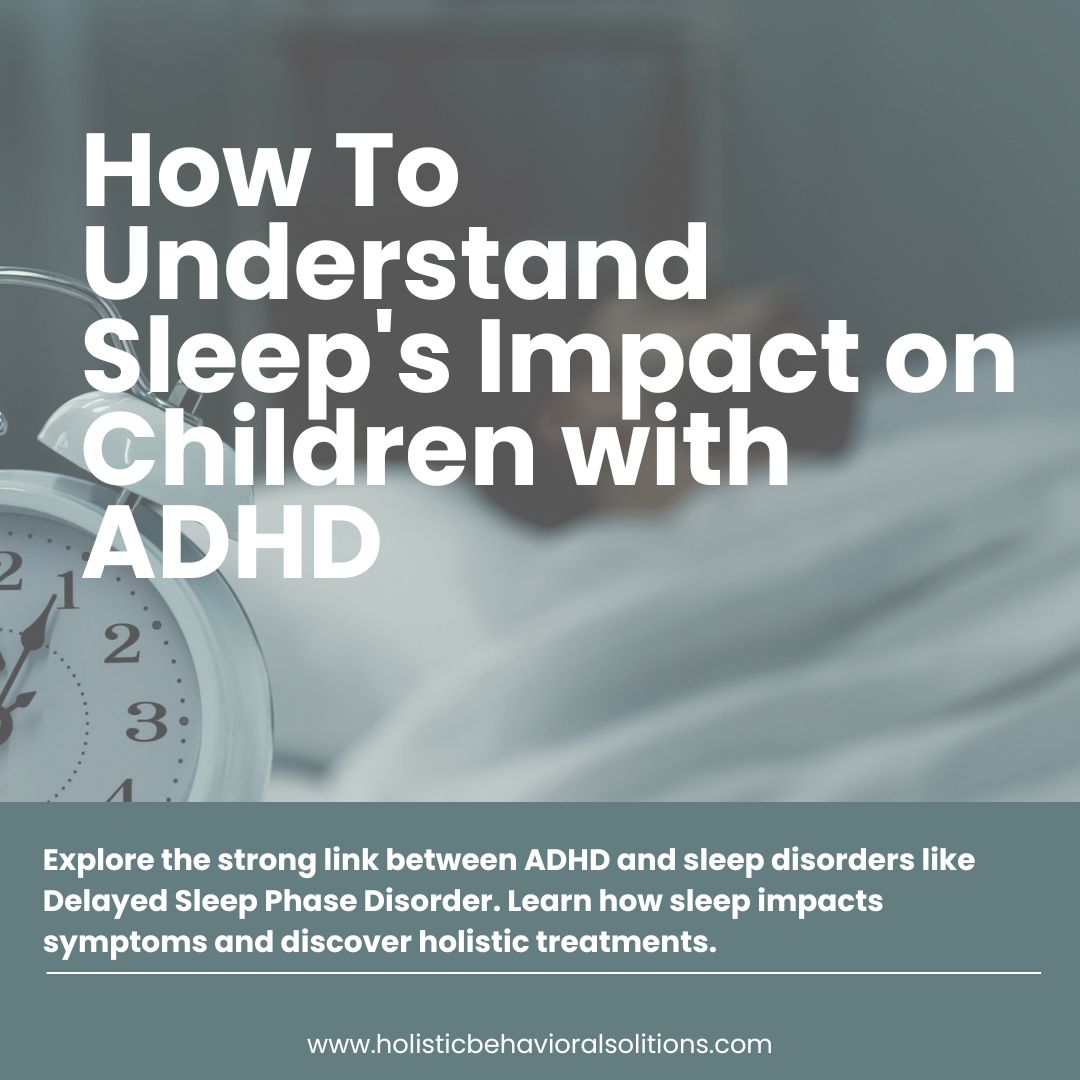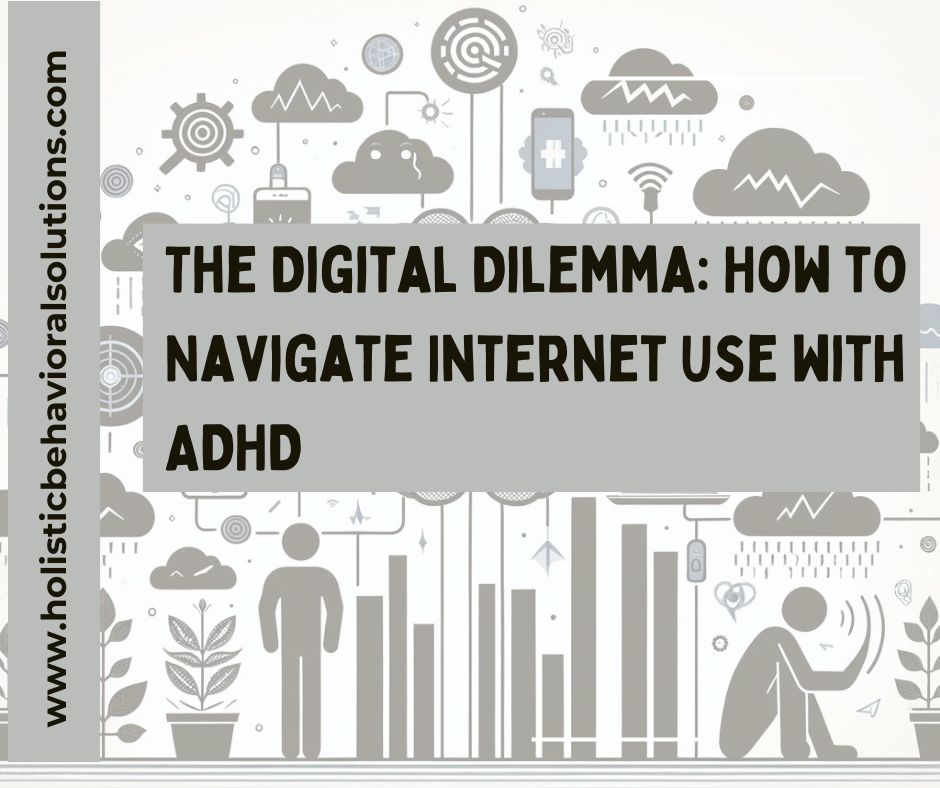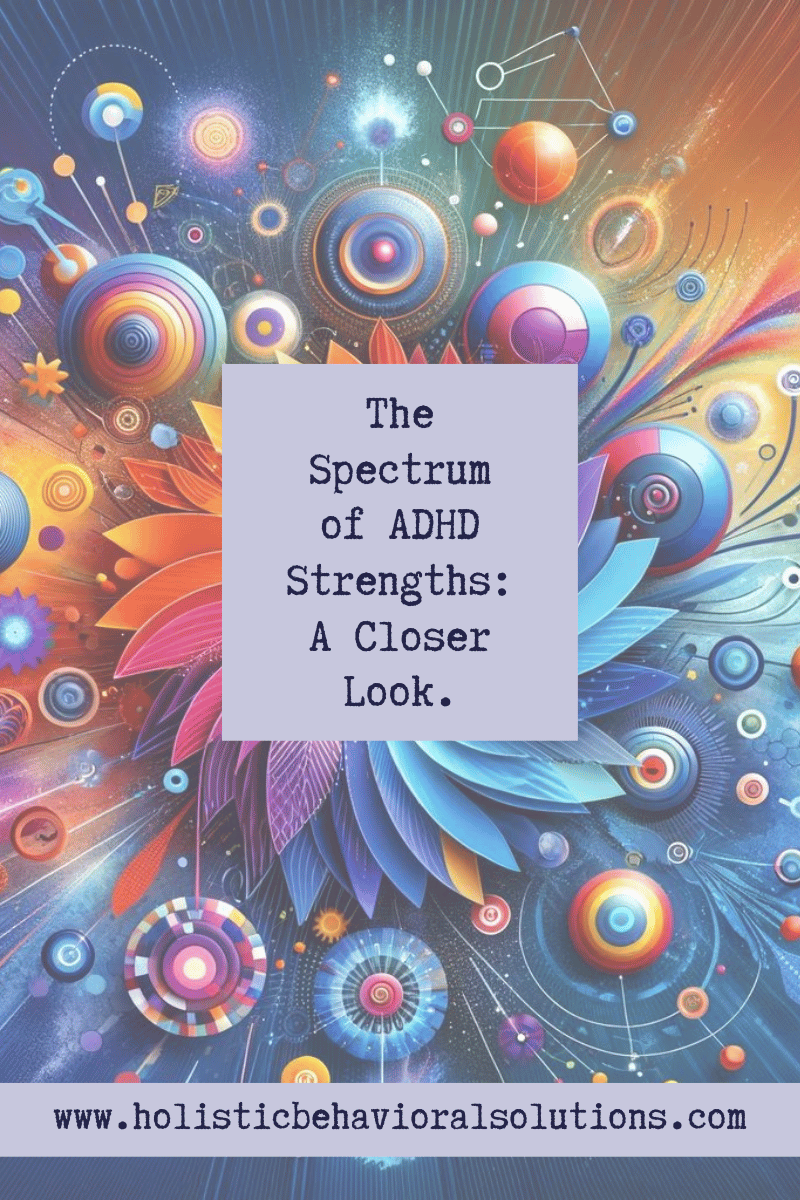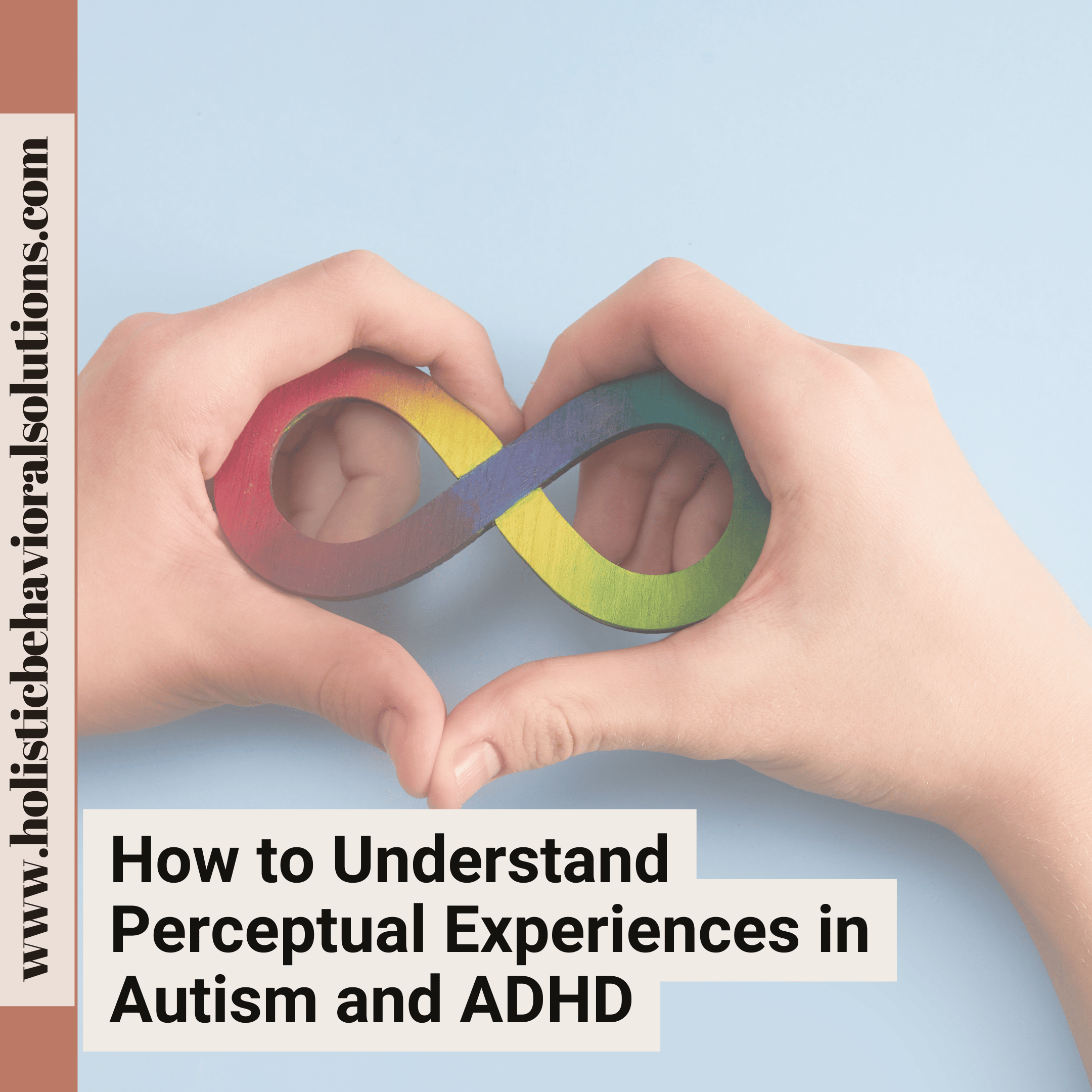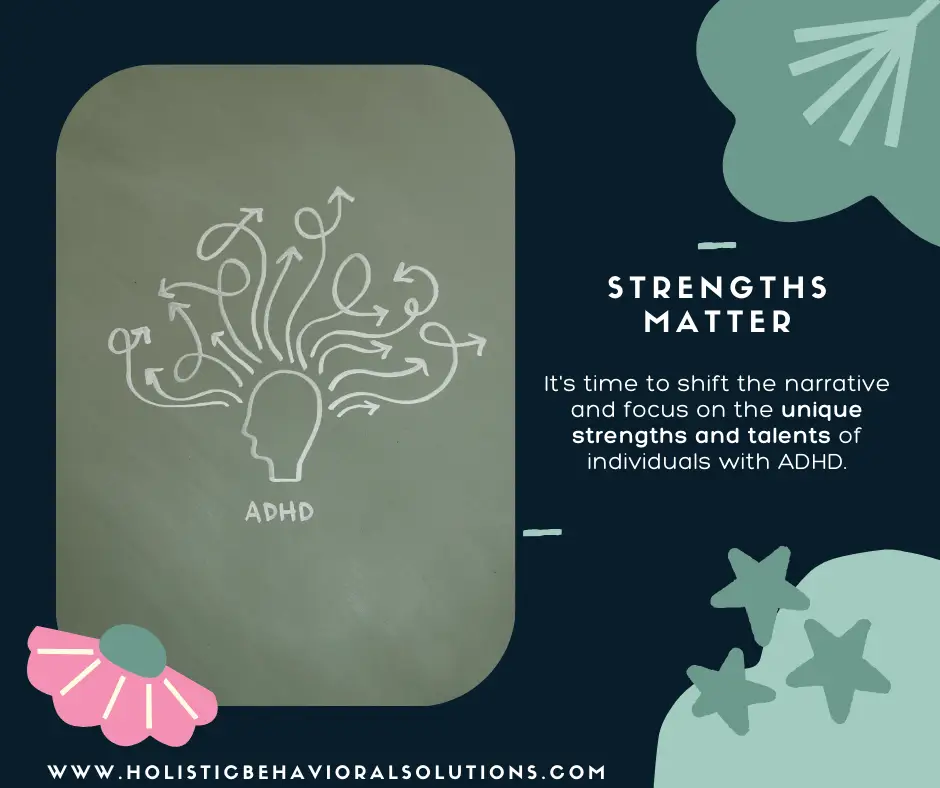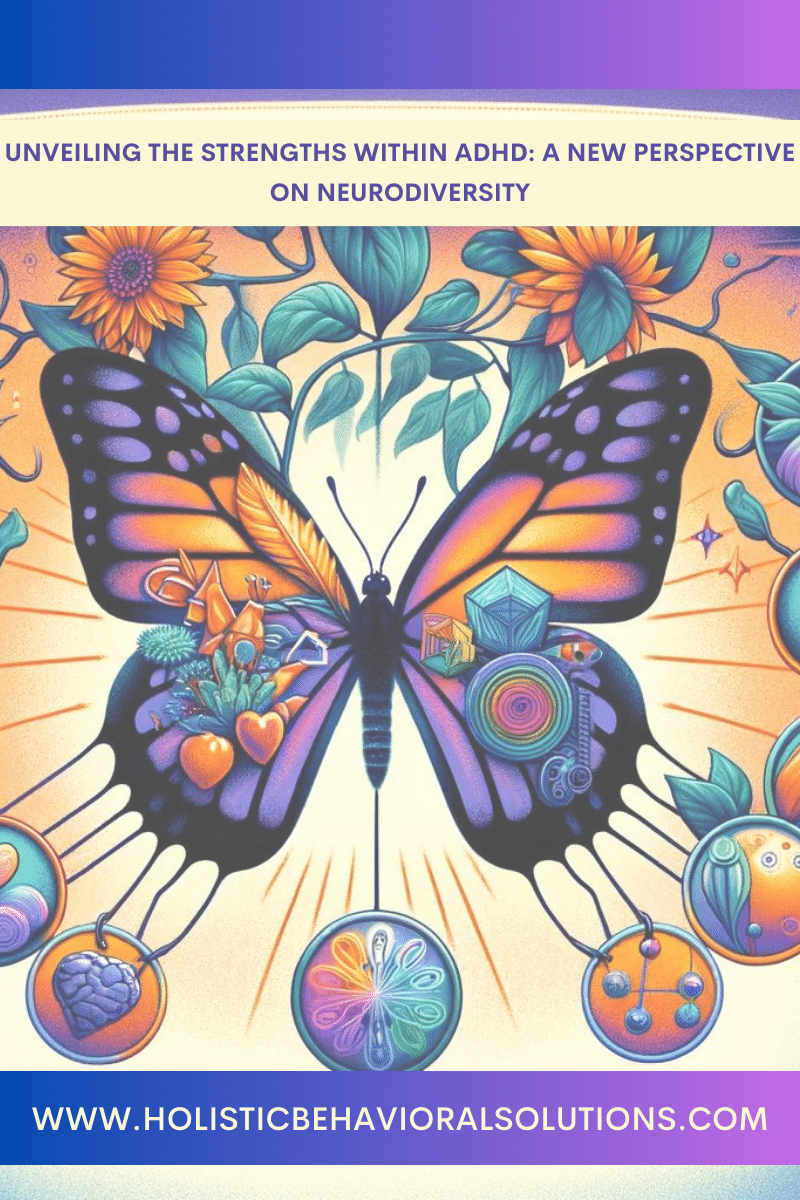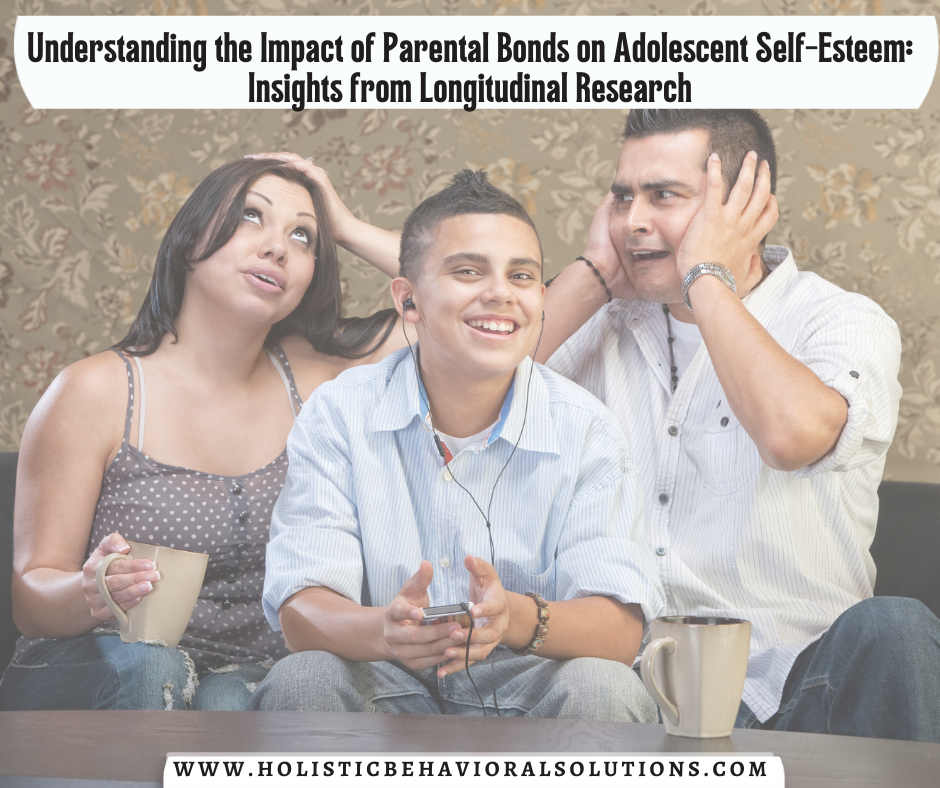How to Understand the Link Between ADHD and Sleep
ADHD and Sleep: Attention-Deficit/Hyperactivity Disorder (ADHD) is a complex neurodevelopmental condition that affects millions worldwide, manifesting in various symptoms like inattention, hyperactivity, and impulsiveness. However, an often overlooked aspect of ADHD is its strong correlation with sleep disorders, particularly the Delayed Sleep Phase Disorder (DSPD). DSPD is a circadian rhythm sleep-wake disorder that significantly affects the sleep patterns of 73-78% of individuals with ADHD. This connection between ADHD and sleep disorders opens up a new realm of understanding and managing ADHD.
How to Understand the Link Between ADHD and Sleep Read Post »
